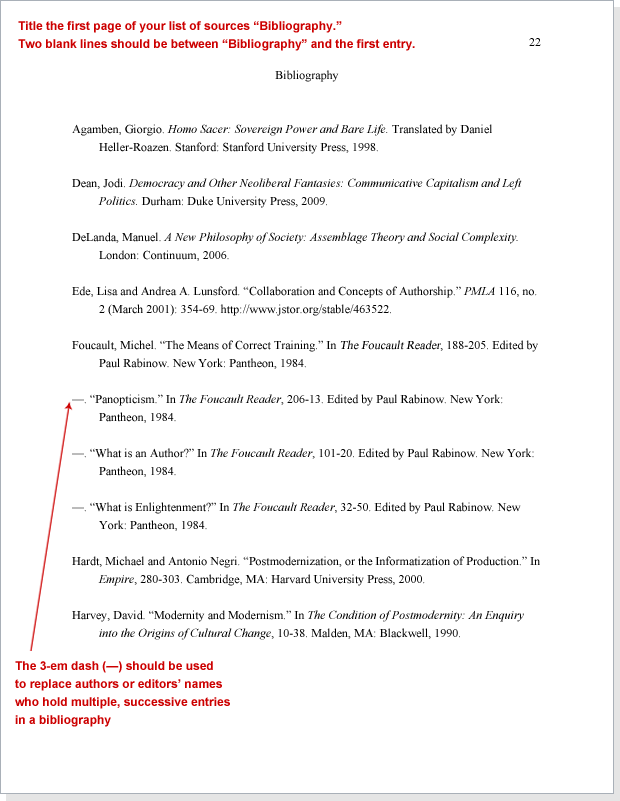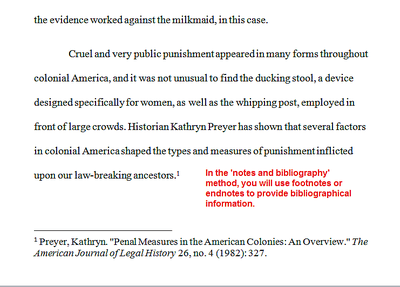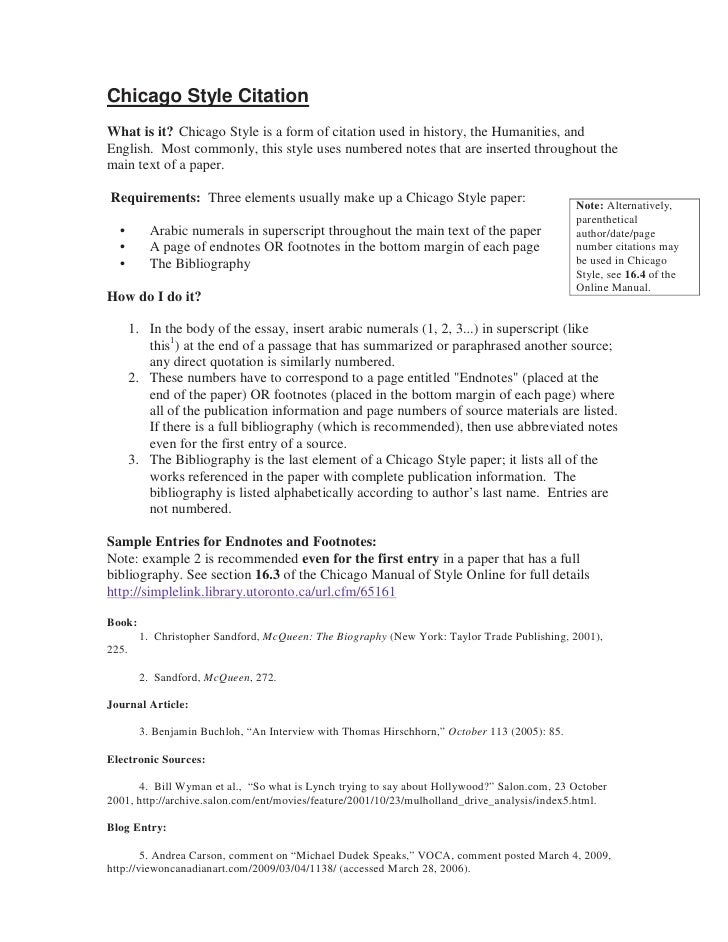
Text should be left-aligned and not “justified” (meaning that the right margin should look ragged). The main text should be double-spaced, and each new paragraph should begin with a ½ inch indent. Use margins of at least 1 inch on all sides of the page.

The dependence of the nominal load on the water flow rate of the consumer and the inlet temperature of the fluid heated by the cogeneration system was studied.

A dynamic model based on these experimental investigations was developed to evaluate its thermal power output and energy efficiencies. In this context, a biomass Stirling micro-CHP unit (μCHP), was tested to characterize its energy performance. Furthermore, the analysis and optimization of hybrid energy systems, which include existing micro-cogeneration systems powered by renewable energy, is a scientific challenge needing experimental characterization of such micro-cogeneration systems.


The use of biomass as a fuel offers important advantages: use of a renewable energy, carbon neutrality, availability, and low cost. This technology consists of using the waste heat generated by a thermodynamic process to meet the heating and hot water demands of buildings. Micro-cogeneration (micro-combined heat and power) is a technology that simultaneously produces decentralized thermal and electrical energy with a power of less than 50 kW el.


 0 kommentar(er)
0 kommentar(er)
